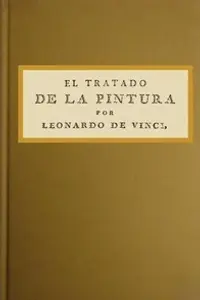Resumen
El tratado de la pintura is a foundational text in Western art history, combining the insights of two Renaissance masters: Leonardo da Vinci and Leon Battista Alberti. Though often published under the same title, these are distinct treatises that share a common goal—elevating painting from craft to science through reasoned study and intellectual discipline.
Leonardo da Vinci’s Trattato della pittura is a posthumous compilation of his notes on painting, assembled by his pupil Francesco Melzi. It reveals Leonardo’s scientific approach to art, covering anatomy, perspective, light and shadow, movement, emotion, and the painter’s role as a philosopher of nature. His reflections are both technical and poetic, emphasizing observation as the root of artistic mastery.
Leon Battista Alberti’s De Pictura (On Painting), written earlier (1435), is a more theoretical and systematic work. Alberti, a humanist scholar and architect, outlines the mathematical principles of perspective, the moral purpose of painting, and the intellectual status of the artist.
His treatise is one of the first to define painting as a liberal art, deeply connected to geometry and human expression.
In Spanish editions where both works are published together, El tratado de la pintura becomes a dialogue between two geniuses—bridging practice and theory, the hand and the mind, in the service of artistic truth.
